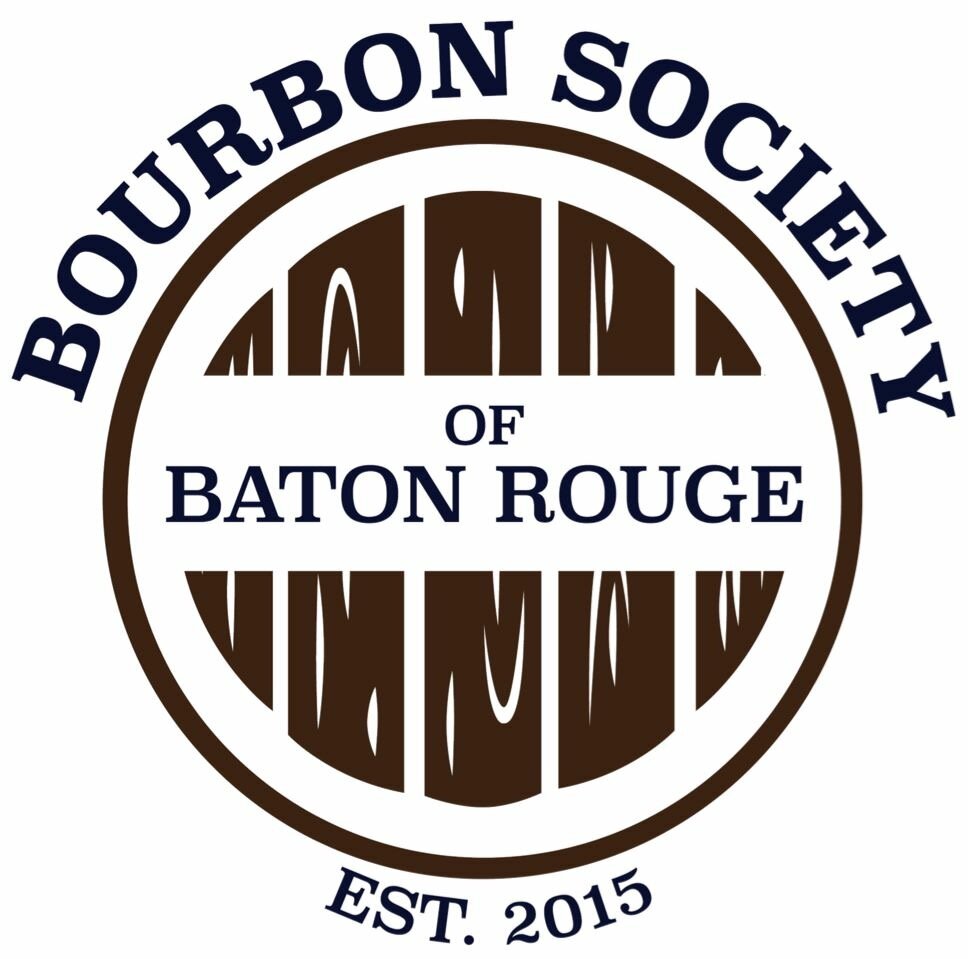Budget Bottled in Bond Blind Taste Test
To combat the degrading standards of crafted spirits in the United States, the Bottled in Bond Act of 1897 created a standard of quality for American liquors. These legal regulations, put in place by the government, set strict rules for distillers and bottlers to control the quality of the distilled beverage. This was a mere 23 years before Prohibition began...so to say the American public was confused about their stance toward alcohol would be an understatement. To be considered a “bottled in bond” product, the spirit must be:
A spirit produced in the United States
Produced by one distiller at one distillery
The product of one distillation season
Aged in a federally supervised (bonded) warehouse for at least four years
Labeled with the distillery and bottler
Bottled at 100 proof
While most spirits that carry the bottled in bond label are whiskey, any distilled beverage can comply with the standard and be considered a bonded product. Some today still consider the bottled in bond label as a symbol of quality, others believe the tradition to be antiquated, and most qualify it as simply a sub-category of whiskey. Regardless of which camp you fall in, it’s a category of liquor well worth sampling.
There are many bottled in bond products out there, and several have performed well in competition. Additionally, many of these bonded products can be found at reasonable prices. The Bourbon Society of Baton Rouge sought out the best bottled in bond bourbon under $40.00. Twelve BSoBR members participated in a blind taste test of ten different bottled in bond products to discover a group favorite.
These bottles vary in rarity, including bourbons like the coveted “Best in Show 2019” Henry McKenna 10 Year and the out of production Beam Bonded. While the price points also varied, from bottles like the J.W. Dant coming in at $12.50—all the way up to a $38.00 bottle of E.H. Taylor Small Batch, all were kept under the $40.00 price point. Members tasted pours from an unknown bottle together, discussed tasting notes of smell, palate, and finish, then gave each bottled in bond bourbon a score out of 10. After all the bonded bourbons were tried and scored, the results were tallied and the top three were re-visited and re-scored.
Results
Henry McKenna 10 Year, Single Barrel Bottled in Bond
Old Grand-Dad, High Rye Mash Bill Bonded
Heaven Hill 6 Year, Old Style Bourbon Bottled in Bond
Colonel E.H. Taylor Small Batch Bottled in Bond
1792 Bottled in Bond
Early Times Bottled in Bond
Evan Williams Bottled in Bond
J.W. Dant, Genuine Sour Mash Bottled in Bond
Jim Beam Bonded
George Dickel Tennessee Bottled in Bond Whiskey
While some results were surprising, others were expected. The E.H. Taylor and the Henry McKenna 10 were top contenders coming into the competition. McKenna lived up to its award-winning status in the eyes of the Bourbon Society of Baton Rouge, gaining the group’s number one overall pick in our blind taste test. The E.H. Taylor performed admirably, but not as well as current consumer propaganda would imply. All E.H. Taylor products are becoming more difficult to find as their other varieties, including the Single Barrel and Barrel Proof, are gaining so much fanfare on social media and review outlets. By label association alone, the Small Batch is flying off the shelves as well. Labeling and marketing play an enormous role in the current bourbon market, which is why these blind tastings are an excellent way to ignore labeling and focus on the important fact, taste.
Another fantastic take away from the results was the performance of a readily available $23.00 bottled in bond bourbon, Old Grand Dad. With an incredible balance and long finish, the caramel, butterscotch, and oak won over many of our members and boosted this full-bodied bourbon into our number two spot. The last surprising finding came from Whiskey Advocate’s Best Whiskey of 2019, George Dickel Bottled in Bond, limping behind the rest of the competition. Our last place bourbon may be attributed to the jarring difference in the Dickel palate compared to the others, but this bourbon certainly stood out, and not in a good way.
Tastings and rankings are a wonderful way of experimenting with bourbon and the main way many people develop their taste for the hobby. Almost every bottle of bourbon we tasted had at least one member that gave it the thumbs up (our last place Dickel included). Remember, these rankings are a general consensus among a group of twelve, but there’s no substitute for cracking open a bottle and trying it for yourself.
A special thanks to all that participated, those that brought extra treats to enjoy, and to James Jang for co-hosting this event with me. We hope to see you all at the next Bourbon Society of Baton Rouge event.
Cheers,
Tony Simmons
